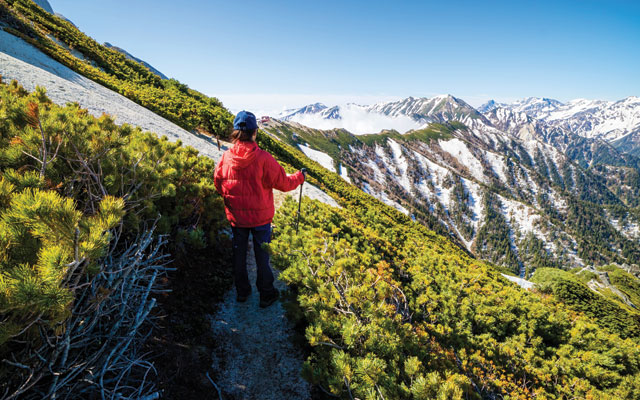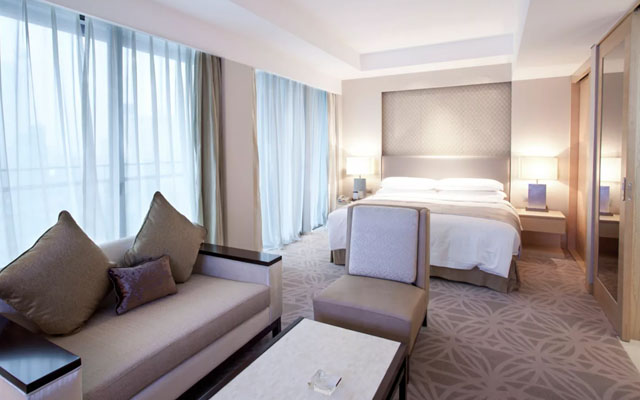FITs and small groups are the target of bureaux hailing from lesser-known destinations in Japan.
Smaller tourist bureaux from various towns and cities on Japan’s Honshu island are taking matters into their own hands by conducting marketing activities and promoting themselves with the eventual target of achieving higher tourist footfalls.
When asked why smaller bureaux are striking out on their own, Matsusaka City Tourism Association’s spokesperson, Maho Yamamoto, shared: “This is because a prefecture markets many destinations within the prefecture. For instance, Matsusaka City is part of Mie Prefecture, but Matsusaka is not well known. Another example is the area’s beef is of higher quality than Kobe’s and is more expensive, but the destination is not as well known as Kobe.”

Gero City Maze’s, inbound tourism promotion, community development worker, Daisuke Seko, agreed: “Everyone knows about the UNESCO sites of Shirakawa-go and Gokayama, but no one knows about Gero and Maze, located in the same prefecture (Gifu). I want to promote this unknown area, Gero and Maze, to international visitors.”
While the destination only receives 100 visitors a year – and Seko acknowledges it is a small number – Gero City is working on creating new products such as cycling or hiking tours for travellers. Their target is to grow the visitor count to 1,000 in five years’ time.
Meanwhile, Dai Kitabayashi, spokesperson of Azumino Tourism Association, told TTG Asia that they used to present info on Azumino in Nagano Prefecture solely to travel agents, but have now changed their tack to reach out to the media domestically and overseas by offering fam trips. They will also be conducting sales calls to Hong Kong and Singapore.
Karuizawa Tourist Association’s chief secretary, Hiroe Shintaku, opined that reaching out to the international market is also necessary as Japan’s domestic travel market is shrinking along with the population, and younger Japanese people don’t travel much. He said: “We feel that there is not enough publicity about Karuizawa (to attract the international market).”
As such, to promote the area’s yoga and meditation programmes and winter sports, Shintaku will be making sales calls to the Philippines, Vietnam, Thailand and Shanghai, up from current yearly efforts in Singapore.
However, these lesser-known destinations require more effort to get to, such as renting a car or taking a two-hour train ride. Hence, they have chosen to target FITs and smaller groups.
Seko shared: “We are targeting FITs and smaller groups as it’s easier for them to take the train. Our main target is Singaporean FITs – because it’s a developed country and people have the travel capability – as well as repeat travellers (in general) and FITs from France, the UK, the US and Australia.”
Matsusaka is targeting Singapore FITs and small groups of 10 to 15 as the city is compact with only 800 rooms in total. Similarly, Karuizawa is targeting the FIT segment, small groups of less than 50, and multigenerational families.
“Nowadays, people from overseas rent a car at Haneda Airport and drive down to Karuizawa, which takes about two hours. The car is a convenient form of transportation as it can be driven into even more off-the-beaten-track to smaller villages (with no public transport),” Shintaku added.
Kitabayashi indicated that aside from FITs, Azumino is also targeting the older traveller and luxury travel segment.




















